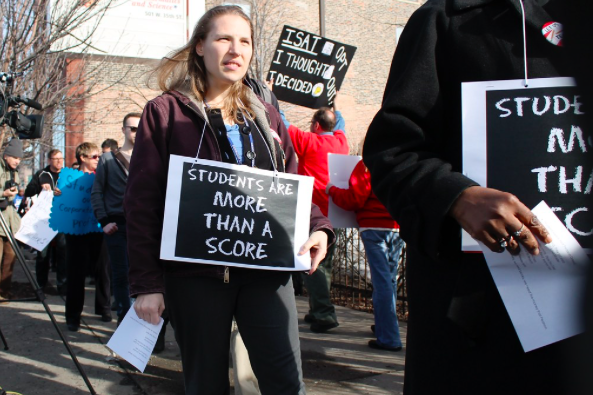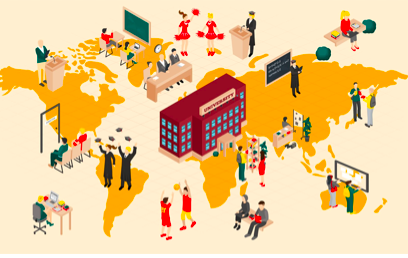If Climate Change is Real, Where Are the Consequences?

For years now, we have been hearing about the inevitable and disastrous effects of climate change, told about a world of scorching deserts and shrinking coastlines. We’ve seen the photos of islands of trash forming in pristine oceans and beaches, of coastlines swallowed up by rising sea levels, of shrinking lakes and rivers that provide for millions, but how much has changed for us? Maybe our winters are a little later than we remember, and the summers are slightly hotter. But where are all the devastating effects of climate change?
The sad reality remains that the areas most impacted by climate change are the ones that have contributed the least to the issue. Looking at the map, based on a study from the Earthbound Report, of the five countries that have contributed the most to climate change so far (China, United States, India, Russia, and Japan), only one (India) is going to be vulnerable to its effects.
Instead, the most catastrophic effects of climate change will occur in the tropics, close to or at the equator. This area is where 40% of the world’s population lives, along with 80% of the world’s biodiversity. The region can thrive only under a small and specific range of temperature, humidity, and rainfall. As climate change warms the Earth and creates erratic temperatures, the tropics’ delicate balance is falling apart. In addition to being home to one of the world’s most fragile ecosystems, the tropics are also home to 85% of people living in extreme poverty (people making under $1.90 per day). These people often live in poorly funded governments that can’t protect their citizens from the harmful effects of climate change.
Some places currently being the hardest hit by climate change include Yemen, Haiti, and Nigeria. Yemen is currently in the middle of a raging civil war that has killed hundreds of thousands and plunged millions into food insecurity. Extreme heat has caused severe droughts and put almost 18 million people in a position of not having access to clean drinking water. Furthermore, the heat has killed many animals Yemenis rely on as a food source, such as cattle, exacerbating hunger issues caused by the civil war.
Haiti is another country severely affected by climate change. We’ve watched Haiti appear on the news increasingly often due to devastating hurricanes and tropical storms. Climate change has increased the severity, frequency, and duration of destructive storms such as hurricanes and tropical cyclones. Once every two or so years, Haiti’s struggling economy is pushed back by the billions of dollars in damage caused by these storms. Hundreds of people are killed, injured, or lose their homes and everything they’ve ever owned by events beyond their control.
All around the world, millions of people are affected by climate change, often in areas that don’t have resources to protect themselves. A statement released by the World Health Organization claimed that over 11 million people have died due to extreme weather caused by climate change. Furthermore, according to Forbes, an additional 83 million people will die due to climate change by 2100. A disproportionate number of these people will die in poorer countries that barely contributed to our rise in global emissions.
Therefore, even though it may seem and feel like we will not be affected by climate change, we need to look at what is happening in the world around us. If we do not want to be more sustainable to protect ourselves, then we have to do it for others around the globe. Millions of people are having their lives altered by reasons beyond their control, so we need to acknowledge our privilege and do what we can to help.
Even the small things count. Donate a couple of dollars to humanitarian aid in countries hit hardest by the climate crisis. Organize a food or clothing drive for regions near us affected by tropical storms. Raise awareness in your school and community about the damages caused by climate change-fueled floods and droughts. Even though the generations before may have turned a blind eye to the destruction caused by unsustainable practices, it’s our job to help where we can and work as a world to stop this problem.










